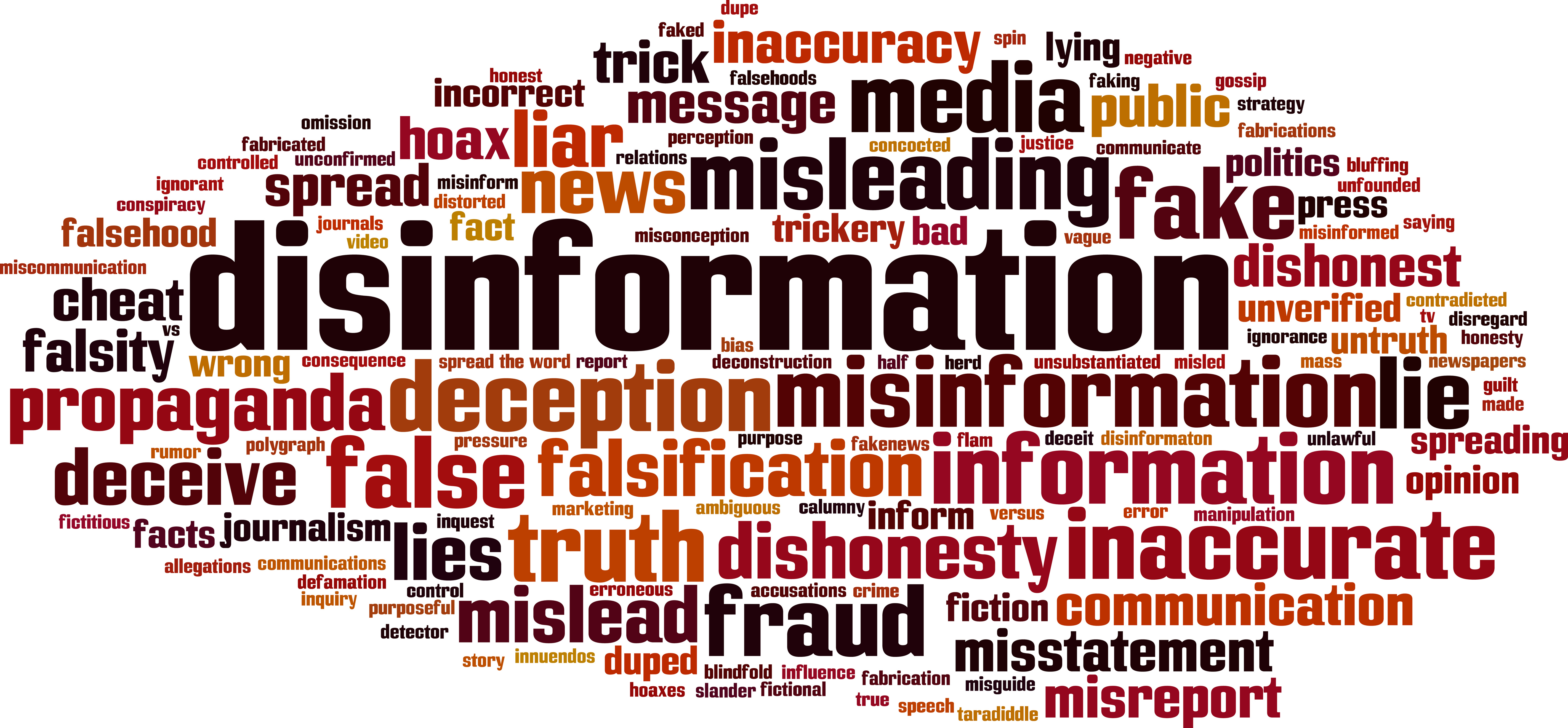Blog
- What is the difference between misinformation and disinformation?
Information
Information is data that is processed, organized, or structured in a way that adds to its meaning or context, making it useful and comprehensible to those who receive it. It's a collection of facts, figures, statistics, and observations about the world that, when interpreted, can provide knowledge or insight. Information can be conveyed in various forms, such as written text, numbers, images, or spoken words.
In the context of communication and knowledge, information serves several key purposes:
Conveying Knowledge: Information is a means of sharing knowledge from one entity to another. It is what is communicated by teachers to students, by authors to readers, or by media to the public.
Aiding Decision Making: Information helps individuals and organizations make informed decisions. For instance, weather forecasts, financial reports, and scientific data all provide the information necessary to make choices based on current or predicted conditions.
Documenting and Recording: Information serves as a record of events, actions, and experiences. Historical records, scientific journals, and business transactions all contain information that documents specific aspects of human activity.
Enabling Communication: Information is the core of most communication. Whether through the internet, books, or spoken word, the transfer of information is fundamental to how people connect and interact.
Supporting Analysis and Problem Solving: Information is essential for analysis, research, and problem-solving. It provides the basis for analyzing situations, understanding problems, and finding solutions.
In today's digital age, the term "information" often refers specifically to digital data processed by computers and transmitted over the internet. However, information, in its broader sense, encompasses all types of data and knowledge communication, regardless of the medium.
Misinformation and Disinformation
Misinformation and disinformation are both related to the spread of false information, but they differ primarily in intent:
1. Misinformation: This refers to false or inaccurate information that is spread, regardless of intent to deceive. Misinformation can be shared by individuals who believe it to be true or who haven't verified its accuracy. The key aspect of misinformation is that there is no malicious intent behind its dissemination. It's often the result of misunderstanding, misinterpretation, or simply not checking the facts before sharing information.
2. Disinformation: This is false information that is deliberately spread with the intention to deceive or mislead others. Disinformation is created and shared with the knowledge that it is not true. It is often used in propaganda, political manipulation, and to cause harm or confusion. The intent to deceive is what distinguishes disinformation from misinformation.
Understanding the difference between these two is crucial in the digital age, where both are prevalent and can have significant impacts on public opinion, political processes, and societal trust.




No Comments
Signup or login to leave a comment